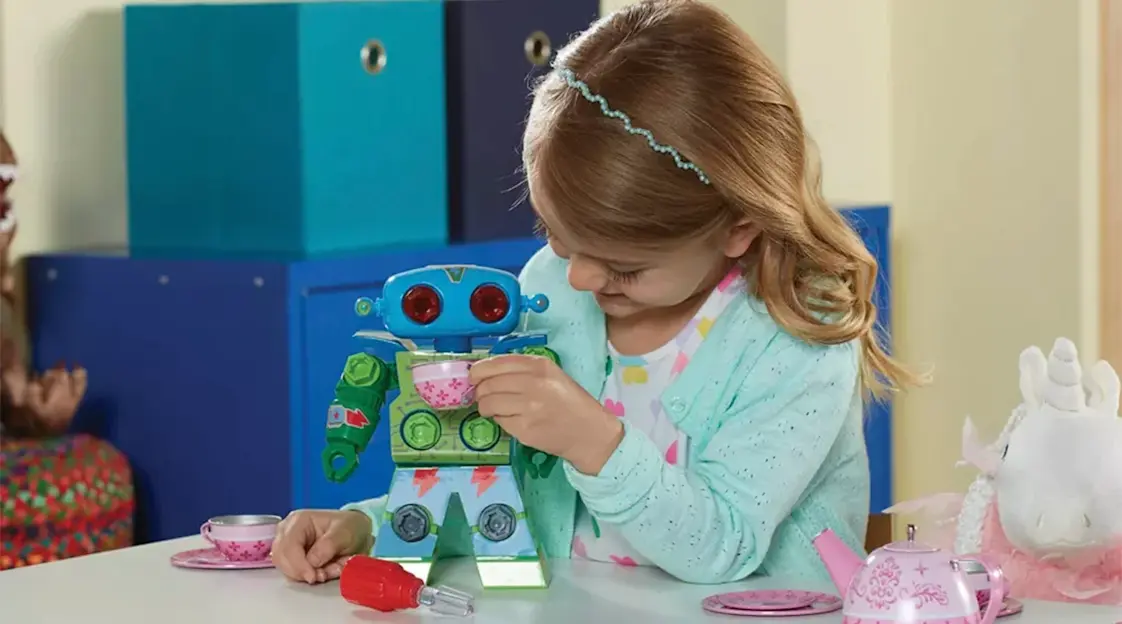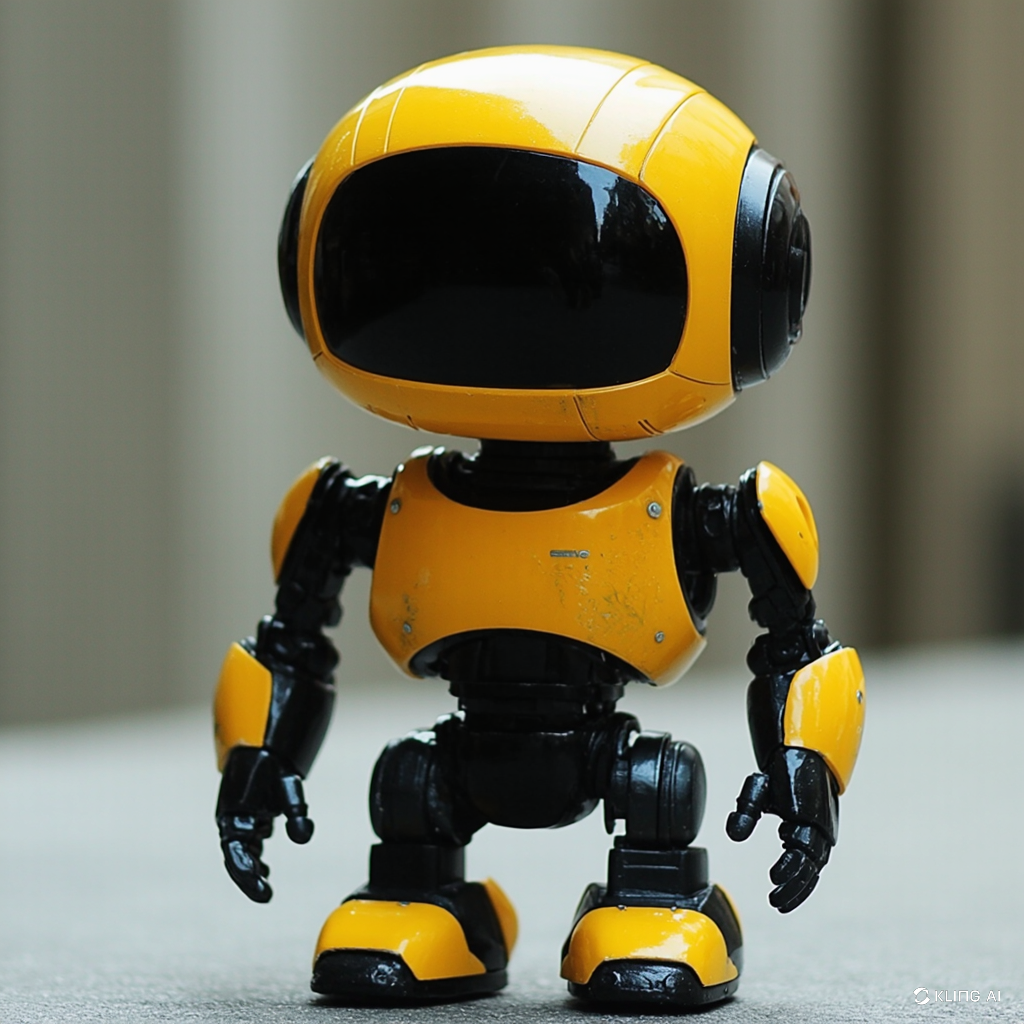Jamil Wormald
Hello! In this blog, I aim to share with you my knowledge, experiences, and ideas about parenting. An important part of my blog are stories and anecdotes from my own practice that will help you improve your parenting skills.
Choosing the Best Robot Toy for Your Child
4836 57

Introduction: Finding the Right Robot Toy
With the wide variety of robot toys available today, selecting the best one for your child can be a daunting task. Robot toys offer countless benefits, including promoting creativity, learning, and problem-solving skills. However, with so many options to choose from, it’s important to consider factors such as age, interests, and educational value to ensure the toy aligns with your child’s developmental needs.
Consider the Age Range
The first step in choosing the right robot toy is to consider your child’s age. Different robots are designed for specific age groups, and selecting a toy that is age-appropriate is crucial for both safety and enjoyment. For younger children, simpler robots that feature easy-to-use buttons and basic movements may be more suitable. Older children can handle more complex robots that require programming, problem-solving, and interaction. Be sure to check the manufacturer’s recommended age range to ensure the toy matches your child’s developmental stage.
Assessing Your Child’s Interests
It’s important to choose a robot toy that matches your child’s interests to ensure they engage with it fully. For example, if your child enjoys building and constructing things, consider a robot toy that they can assemble or modify. If they are interested in storytelling or creative play, look for toys that encourage imagination, such as robots that can perform specific actions or interact with other objects. Understanding your child’s preferences will help you select a toy that will not only entertain them but also keep them engaged for longer periods.
Educational Value: Learning Through Play
Robot toys are a great way to introduce your child to basic STEM concepts, such as coding, engineering, and robotics. When choosing a toy, look for ones that promote learning through play. For younger children, robot toys that teach basic concepts like cause and effect or shape recognition are ideal. For older children, look for toys that allow them to program the robot or complete challenges, which can help them develop computational thinking and problem-solving skills. The educational value of the toy should align with your child’s current level of understanding and their curiosity to learn more.
Safety and Durability
When selecting a robot toy, safety and durability should always be top priorities. Ensure the toy is made from non-toxic materials, especially if your child is still young and prone to putting things in their mouth. Additionally, robot toys can sometimes involve small parts or moving components, so check for any safety warnings regarding choking hazards or moving parts that could pose a risk. Durability is also important, as children can sometimes be rough with toys. Look for robots that are sturdy and well-built to withstand playtime.

Interactive Features and Complexity
As children grow, they often seek more complex and interactive play experiences. Robot toys that respond to voice commands, follow pre-programmed instructions, or navigate obstacles can provide a more engaging and challenging experience. Interactive features help keep children engaged and encourage them to think critically about how to control and interact with the robot. Be sure to match the complexity of the toy with your child’s abilities to ensure they feel challenged without being frustrated.
Consider Future Playability
When choosing a robot toy, think about how long your child will remain interested in it. Some robot toys come with the option to upgrade or expand the robot’s abilities through additional accessories, modules, or software. This allows the toy to grow with your child, offering new challenges and opportunities for learning as they develop their skills. A robot that can evolve with your child’s growing interests and abilities will provide more long-term value.
Conclusion: A Thoughtful Purchase
Choosing the right robot toy for your child requires a thoughtful approach that considers their age, interests, and developmental needs. By focusing on age-appropriate features, educational value, safety, and future playability, you can select a robot toy that will keep your child engaged, entertained, and learning. With the right choice, a robot toy can become not only a fun companion but also a valuable educational tool that helps your child develop important skills for the future.